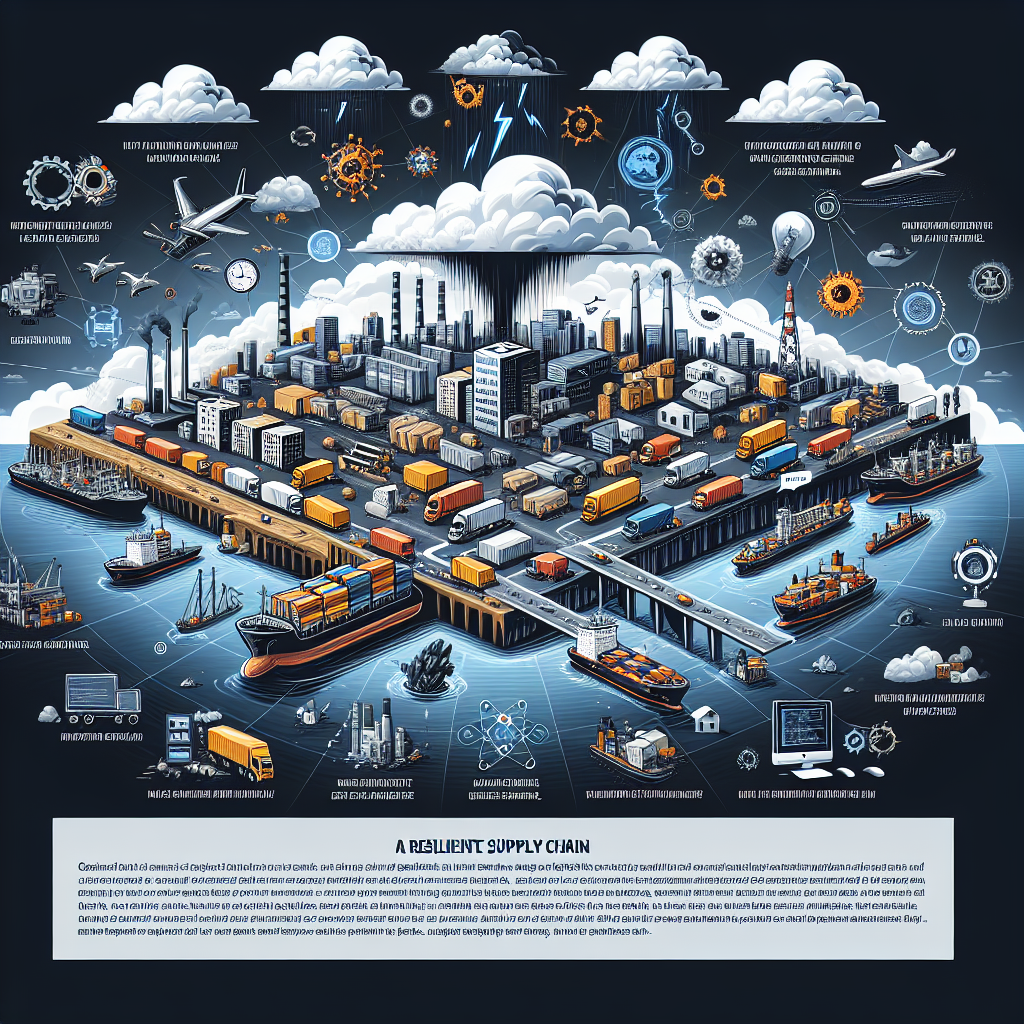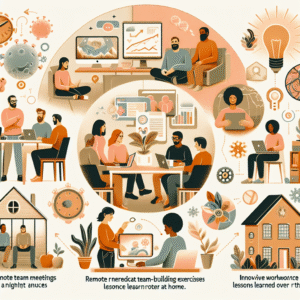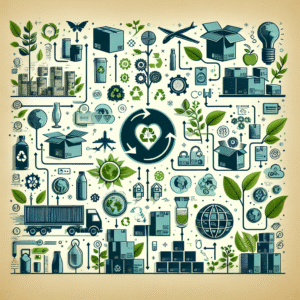Building a Resilient Supply Chain: Lessons from 2025’s Major Disruptions

Building a Resilient Supply Chain: Lessons from 2025’s Major Disruptions
The year 2025 will be remembered as a pivotal moment for global supply chains. Amid shifting geopolitical landscapes, climate-induced disasters, and ongoing technological evolution, businesses faced a barrage of unexpected challenges. As we move forward, understanding what worked—and what didn’t—during these disruptions offers invaluable insight for building truly resilient supply chains. Here, we unpack the most salient lessons from 2025’s major disruption events and outline practical strategies for futureproofing your supply operations.
The Nature of 2025’s Disruptions
Several significant events converged in 2025:
- Raw material shortages instigated by political embargoes and trade disputes.
- Extreme weather events, from typhoons in Southeast Asia to wildfires in the Americas, that shut down factories and disrupted logistic routes.
- Cyber-attacks targeting key suppliers and logistics platforms.
- Sudden regulatory changes affecting cross-border commerce and tariffs.
These overlapping threats highlighted vulnerabilities in even the most advanced global supply networks. Organizations that navigated the chaos most successfully weren’t necessarily the largest or most technologically advanced, but those that had embedded resilience at the heart of their operations.
Key Lessons Learned
1. Diversification Beats Dependence
Many companies with single-source suppliers found themselves at a standstill when disruptions struck. In contrast, firms that had proactively developed multi-sourcing strategies—spreading risk across regions and vendors—were able to adapt more quickly and continued delivery with minimal hiccups. The lesson? Build redundancy across suppliers, geographies, logistics partners, and even modes of transportation.
2. End-to-End Visibility is Non-Negotiable
The inability to “see” inventory, production status, or shipment location in real-time exacerbated the impact of every disruption. Businesses that invested in integrated digital platforms and IoT-enabled tracking were able to sense disruptions quickly and respond dynamically. Visibility across the entire supply chain is no longer a nice-to-have—it’s essential for agility, especially during a crisis.
3. Agile Decision-Making Trumps Rigid Planning
Rigidity killed speed in 2025. Those relying on fixed annual plans lost valuable days adjusting their strategies. Highly resilient firms empowered cross-functional teams to make decisions in real-time, leveraging scenario planning and “war rooms” to stay one step ahead of rapidly evolving conditions. The era of static supply chain planning is over—agility and flexibility must be woven into the operating model.
4. Collaboration Extends Beyond Internal Teams
The best-prepared organizations didn’t go it alone. They formed pre-existing partnerships with suppliers, logistics firms, and even competitors to share information and resources when trouble hit. Open lines of communication and collaborative contingency planning were critical in responding to bottlenecks and rerouting shipments amid chaos.
5. Sustainability and Resilience Go Hand in Hand
Many resilient responses to disruption had roots in sustainability initiatives. For example, companies with nearshoring or reshoring programs—originally inspired by emissions reduction goals—found themselves less exposed to far-flung disruptions. “Green” sourcing and local production strategies became resilience levers, demonstrating that sustainability investments can deliver risk mitigation dividends.
How to Build Supply Chain Resilience in 2026 and Beyond
- Map your supply chain: Document key suppliers, geographies, and logistical pathways. Update this mapping regularly and assess exposure to specific disruption risks.
- Invest in digital tools: Implement real-time visibility technologies and advanced analytics. Use data to anticipate risks rather than just react to them.
- Establish alternative suppliers and routes: Don’t wait for disruption to strike before seeking alternatives. Build these relationships before they’re needed.
- Practice scenario-based planning: Regularly run tabletop exercises for probable disruption scenarios—cyberattack, weather, regulatory shifts—to train teams and refine response playbooks.
- Foster collaborative relationships: Make transparency, collaboration, and shared crisis response the basis of your supplier and logistics partnerships.
- Embed sustainability: Consider environmental and ethical sourcing not just as compliance or reputation matters, but as strategic pillars for organizational resilience.
Conclusion: Resilience is a Journey, Not a Destination
The disruptions of 2025 served as a harsh wake-up call but also as a catalyst for change. The supply chains that emerged strongest shared a common trait: resilience by design, not by accident. As we move into an increasingly volatile and interconnected world, resilience must become a foundational element of every supply chain strategy. By learning from the events of 2025 and acting on these lessons now, organizations can position themselves not just to survive the next wave of disruption—but to thrive in its wake.
* The post is written by AI and may contain inaccuracies.


